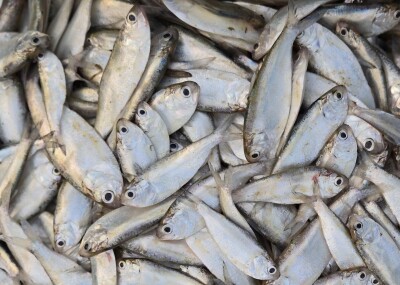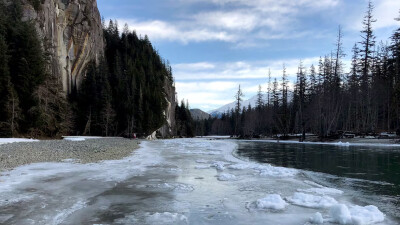Bering Sea crabbers were stunned last week when the outlooks for the upcoming fall and winter fisheries were revealed.
Results of the annual summer surveys by state and federal scientists showed that numbers of mature male and females dropped sharply across the board for the big three: opilio (snow crab), their larger cousins, bairdi Tanners, and red king crab.
“I don’t think anybody was expecting the numbers to be as low as they ended up. That was a shock,” said Ruth Christiansen, science adviser and policy analyst for the trade group, Alaska Bering Sea Crabbers.
Managers use different criteria for setting quotas for the three crab species. For snow crab, the state chooses from what they believe is the most reliable of three data sets. Christiansen said she feels sure that fishery will be a go, albeit with a smaller catch quota.
“I’m not worried about that one not opening. But given the information we have and the state’s tendency to always be cautious, the catch will be lower than the 40.6 million pounds from last year,” Christiansen said.
The harvest strategy for bairdi Tanner crab is based on a threshold of mature females. Not enough females means no fishery, and the survey results showed a drop of nearly 60 percent from just a year ago. But the crabbers believe the bairdi are still out there – they’ve just moved to a different spot.
“It’s not one of those things where we don’t think the crab is there, it’s a result of the survey not being able to find them,” Christiansen said.
The surveys are standardized and trawl samples are taken from the same stations each year throughout the eastern Bering Sea.
Bairdi crab catches have been on a steady climb since 2013, approaching 20 million pounds last season, and the fleet has logged good catches. The crabbers believe the cause of the disappearing crab is changing ocean conditions, pointing out that 2016 is one of the hottest years on record for Bering Sea water temperatures, both at the sea surface and on the ocean floor.
“We’ve seen dramatic drops in crab numbers from last year to this year. It’s not an overfishing issue or fishing mortality or natural mortality. Something else is going on,” Christiansen stressed.
The outlook for red king crab at Bristol Bay is a bit brighter. The survey numbers for both males and females were down, but managers use a different balancing act there to set catch quotas.
“The state bases its strategy on the spawning biomass, which is a combination of the males and females, and even though one went up and one went down, the balance is the same. So we are not anticipating that catch to change dramatically,” she explained.
The red king crab quota last season was about 10 million pounds.
Crab scientists are now busily crunching the raw data and will present more complete findings to the industry later this month. The Bering Sea crab quotas will be released in early October; the fisheries open October 15.






